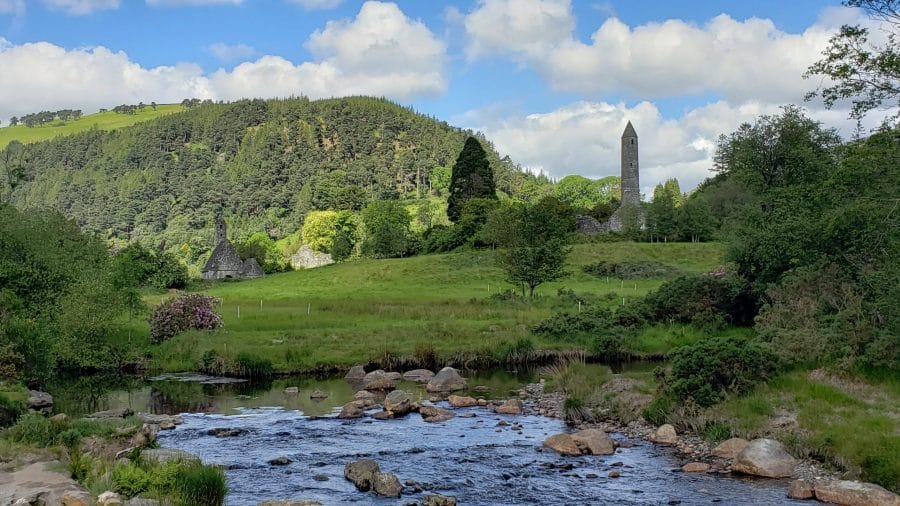Several centuries before the emergence of the Roman Empire, large parts of Europe were inhabited by Celtic peoples. They had their own religions, art forms and languages, some of which are still spoken. But who were the Celts? Or rather: where did the Celtic culture originate, how did it develop and what is left of it today? Here’s an overview of the most interesting archaeological discoveries that paint a picture of the Celtic culture and history of the Celts.
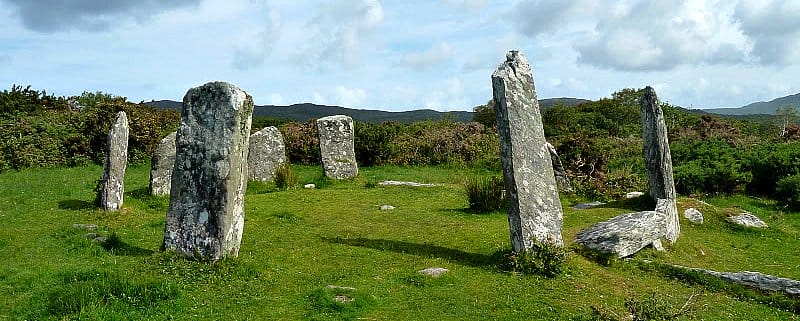
Who were the Celts?
While archaeological finds can be interpreted in different ways, there are a few things that scientists agree on when it comes to Celtic culture. When we talk about ‘the Celts’, this mainly refers to the people who spoke a Celtic language. Hence, major cultural differences can still be observed between Celtic tribes.
There are four living languages: Welsh, Breton, Irish, and Scottish Gaelic. These are still spoken as the first language in some areas such as along the Dingle Way and in Connemara in the West of Ireland.
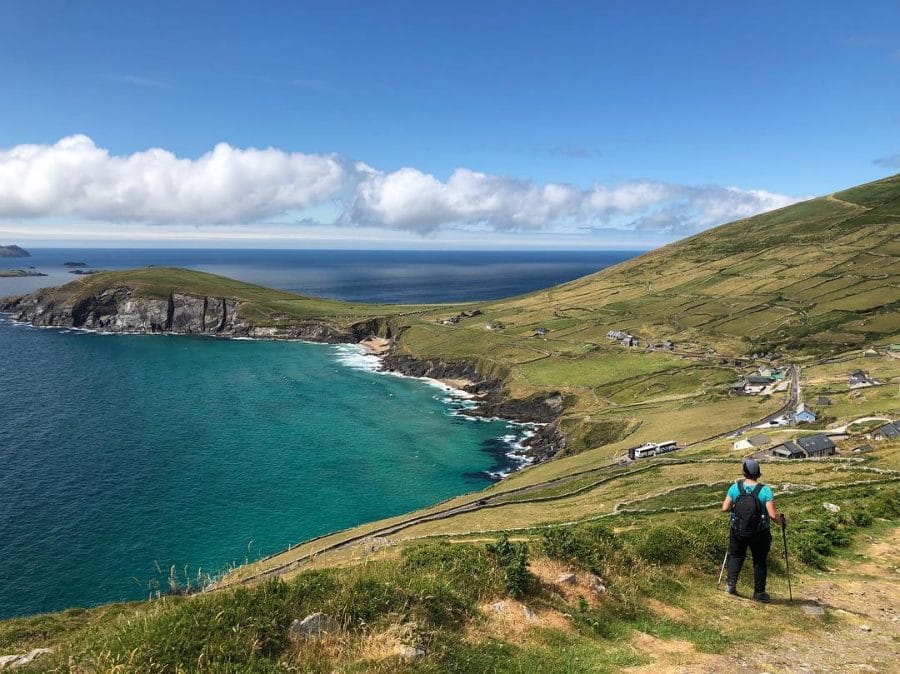
Celtic mythology was polytheistic: the Celts knew hundreds of gods and goddesses. In addition, there are also elves, witches, giants and mythical animals. The religion can be understood as a nature religion, because most deities are linked to a specific location, such as a tree, mountain or lake.
The Celts were advanced in metalworking for their time, admirable accounts from the Romans and Greeks show. Finds of metal jewelry, weapons and artistic objects confirm this.
Fighting between tribes was probably a regular occurrence in Celtic culture. It is possible that female warriors also fought regularly. While women and men were not equal in Celtic society, it seems that gender inequality was less than in the culture of the ancient Greeks and Romans.
History: Celts through the ages
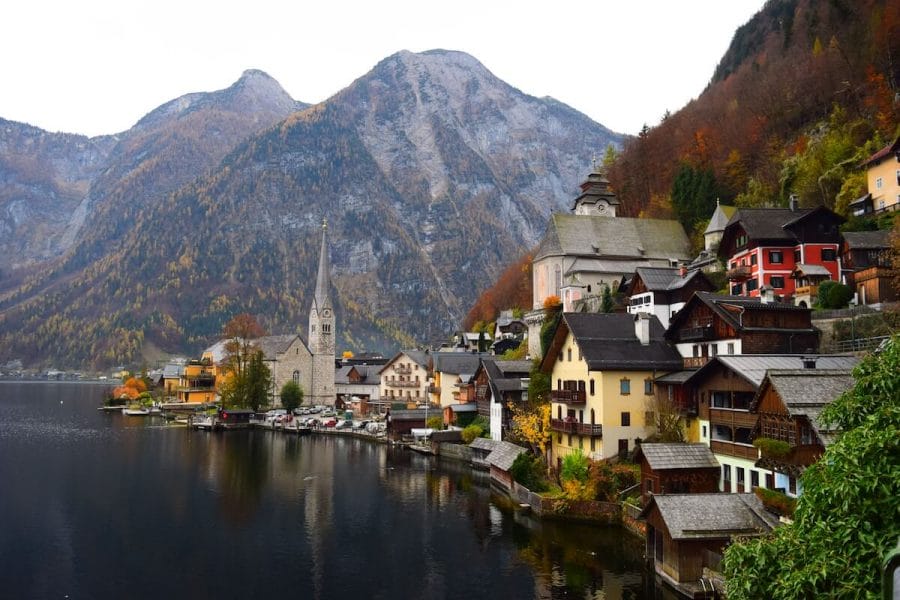
Little is known about the inhabitants of Europe before the rise of Celtic culture. Around the sixth century BC. the Celts first appear in historiography – at that time Celtic culture was already spread over large parts of Europe.
The origins of Celtic culture are often linked to excavations in Germany, Switzerland, Austria and Eastern France. The Hallstatt culture, possibly the first Celtic civilization, lived in this area from the early Iron Age. The culture of this early Celtic people is characterized by large burial mounds, bronze bowls, mining and wooden wagons. The difference between tombs shows that different classes existed in the society of these early Celts.
The peak of Celtic spread across Europe occurred around the year 300 BC. Celtic culture stretched across large parts of Europe, including Portugal, Ireland, the Netherlands, Romania and even Turkey. In 390 BC. a Celtic tribe occupied the city of Rome. Only after the Romans had deposited a large sum of money did the Celts leave.
From 100 BC. however, this balance of power had been reversed. The Romans began to conquer Europe, killing or forcing Celtic peoples to take over the language and culture of the Roman Empire.
The Roman empire spread all of the way to the border of England and Scotland where they built Hadrian’s Wall to keep the Celts out. You can walk along the ruins of this unique structure today on Hadrian’s Wall Path.
The Celts of today
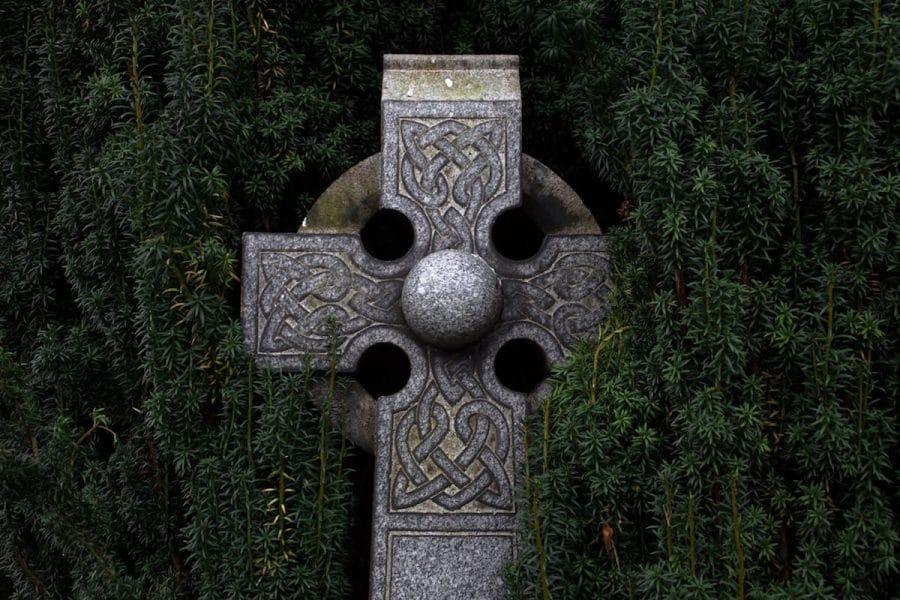
However, the Celtic identity was not completely lost. In the sparsely populated countryside and in unoccupied areas, such as Ireland and Scotland, Celtic traditions persisted. Christianity was introduced to Ireland in the 16th century, but religion became mixed with Celtic traditions. For example, the Celtic cross is a hallmark of Celtic Christianity.
Some Celtic traditions are nowadays almost unrecognizable in their current form. For example, the Halloween festival evolved from the originally Celtic festival of Samhain, one of the four annual seasonal celebrations.
Celtic words have also become part of the English language such as “duin”, “bok”, “yard” and “kade”.
